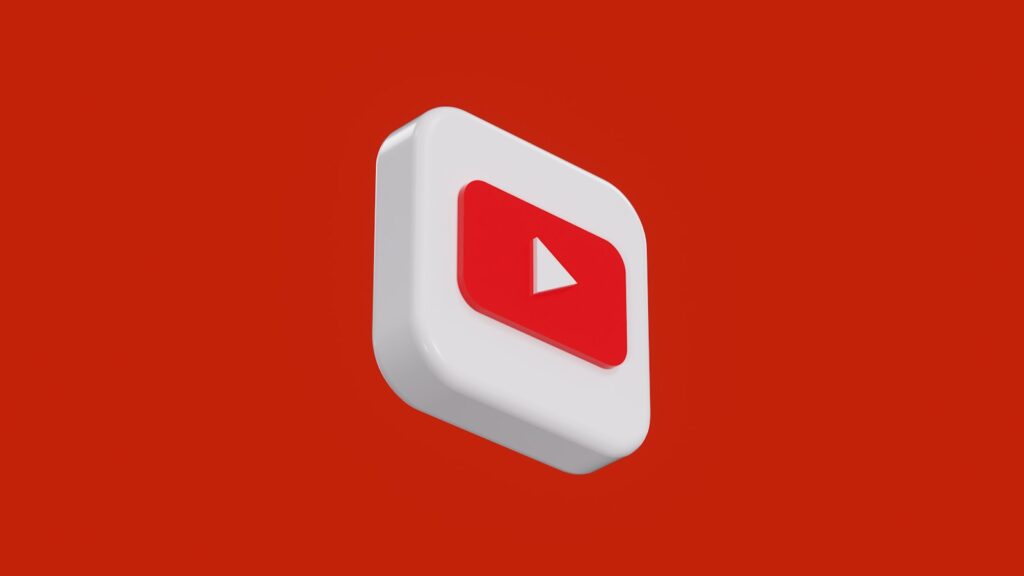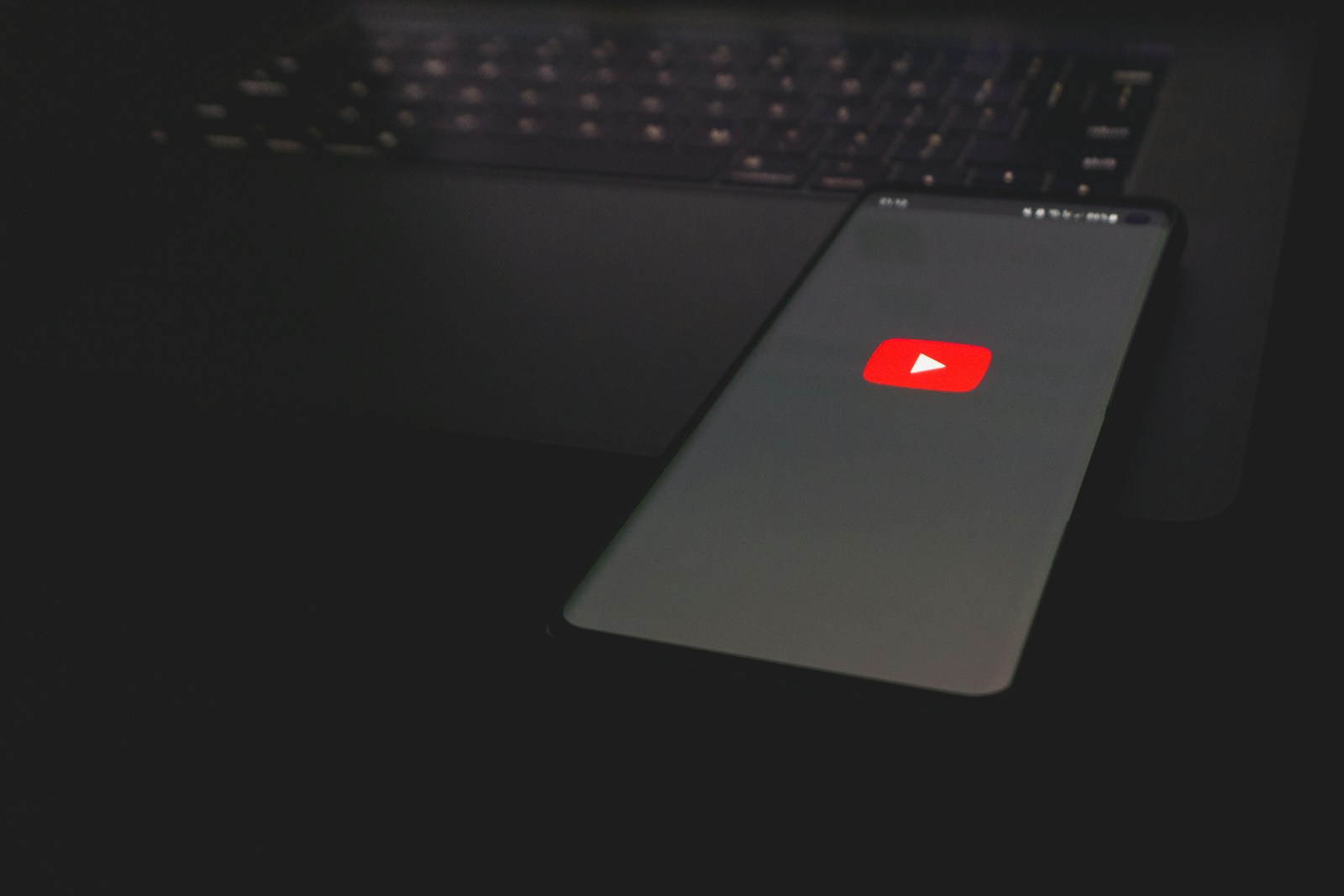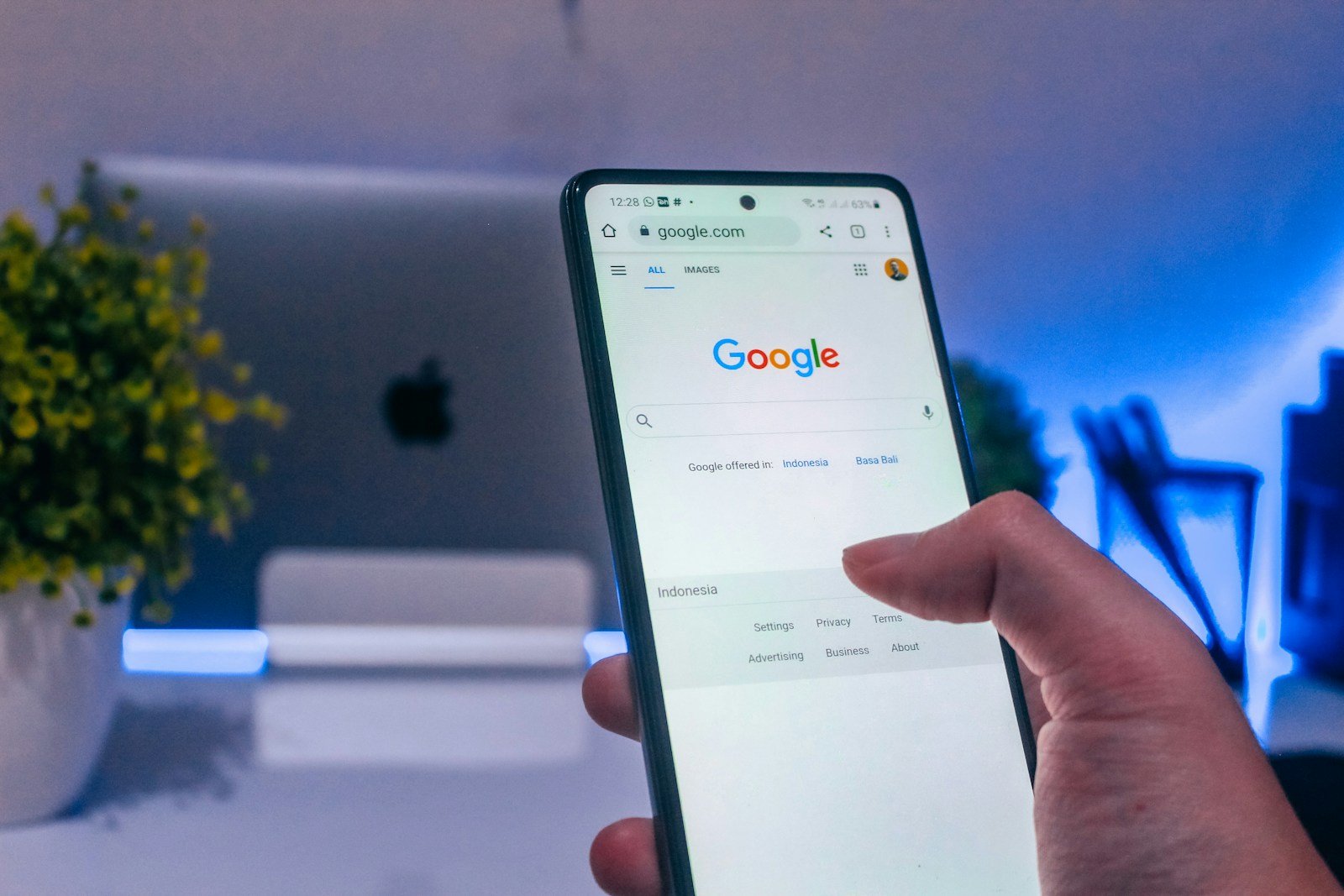Hello and welcome to the Mavit Digital blog! Today, we’re discussing a very popular platform: YouTube. Many people think of YouTube as just a place to watch funny videos. But it is also the second largest search engine in the world, right after Google. People go to YouTube to learn how to do things, to find reviews, and to be entertained.
If you have a business, having a YouTube channel can be a very powerful tool. But just having a channel is not enough. You need people to find your videos. This is where YouTube’s AI algorithm comes in.
The algorithm is a smart computer program that decides which videos to suggest to people. Your goal is to make friends with this algorithm. You want to create videos that the AI wants to promote. This process is called YouTube SEO.
In this post, we will show you how it works. We will give you a simple AI content strategy for your videos. This will help you improve your video ranking and get more views. Let’s get started.
Also Read: SEO Agencies in Canada: What to Look for When Hiring
What is YouTube’s AI Algorithm?
First, let’s understand what we are dealing with. YouTube’s algorithm is not a person. It is a very smart artificial intelligence system. Its main job is to make viewers happy. It wants people to spend as much time as possible on YouTube.
How does it do this? It tries to find the perfect video for each person. It looks at what a person has watched before. It then looks at all the videos on YouTube and picks the one it thinks that person will like the most.
The AI does not have eyes and ears. It cannot watch your video like a human can. So, it uses other signals to figure out what your video is about and how good it is. Your job is to send the AI the right signals. This is the heart of YouTube SEO.
Also Read: The Benefits of Hiring a Local SEO Agency
The First Signal: The Title of Your Video
The first and most important signal you send is your video title. The title is like the name of a book. It tells people and the AI what the video is about.
Your title should be clear and descriptive. It should include the main keyword someone would type to find your video. For example, if your video is about fixing a leaky faucet, a good title would be “How to Fix a Leaky Faucet in 5 Minutes.” This is much better than a vague title like “Water Problem.”
A good title makes a promise to the viewer. It tells them what they will learn or gain by watching your video. At Mavit Digital, we help our clients craft titles that both people and the AI will understand and like.
The Second Signal: Your Video Description
Under every video, there is a box where you can write more text. This is the description. Many people leave this empty or write just one sentence. This is a big mistake. The description is a great place to talk to the AI.
You should write a full paragraph that describes your video in more detail. Use natural sentences. Explain what the video is about and what the viewer will learn. You should also include your main keyword and a few related words here.
You can also use the description to add links to your website or other videos. This helps keep people watching your content. A good description helps the AI understand your video’s context, which can help with video ranking.
The Third Signal: Tags and Topics
Tags are like little labels you put on your video. They are keywords that describe what your video is about. For example, a video about baking cookies could have tags like “baking,” “cookies,” “chocolate chip,” and “easy recipe.”
Tags help YouTube connect your video to similar videos. This helps the AI figure out where your video fits. You should use a mix of broad tags (like “baking”) and very specific tags (like “gluten-free chocolate chip cookies”).
The Most Important Signal: Watch Time
All the signals we talked about are important. But the most important signal for YouTube’s AI is watch time. Watch time is the total amount of time people spend watching your video.
The AI loves videos that keep people watching. If people click on your video and leave after ten seconds, the AI thinks your video is not good. But if people watch your whole video, the AI thinks it is amazing and will suggest it to more people.
Your main goal is to create videos that are so interesting and helpful that people want to keep watching. This is the biggest key to a good video ranking.
Also Read: How Canadian Businesses Can Benefit from SEO Services

Creating an AI Content Strategy
Now that you know the signals, how do you put it all together? You need a plan. This is your AI content strategy. It means thinking about what to make before you even film.
First, do keyword research. Just like for your website, you need to find out what people are searching for on YouTube. You can use YouTube’s search bar for ideas. Start typing a topic and see what suggestions pop up. These are popular searches. Making a video based on a popular search is a smart strategy.
Second, look at the competition. Search for your main keyword and see what videos are already at the top. Watch those videos. What are they doing well? What could you do better? Could you make your video more detailed or more entertaining? Finding a gap to fill is a great AI content strategy.
Third, plan your video for retention. Remember, watch time is key. When you plan your video, think about how to keep people watching. Start with a strong hook in the first 15 seconds. Tell them exactly what they will learn. Keep the video moving and get to the point. Be engaging and helpful.
Also Read: SEO Services vs. Paid Ads: Which Is More Effective?
The Power of Playlists
A very simple but powerful feature on YouTube is the playlist. A playlist is a group of videos that play one after the other.
Playlists are great for YouTube SEO because they encourage binge-watching. If someone finishes your video and the next one in the playlist starts automatically, they will probably keep watching. This increases your overall watch time on the channel. This makes the AI very happy.
You can create playlists based on topics. For example, if you have a car repair channel, you could have a playlist for “Brake Repair” videos and another for “Oil Change” videos. This organizes your content and helps viewers find more of what they like.
The Human Touch is Still Key
It is important to remember that the AI is trying to predict what humans will like. So, while we talk about optimizing for the algorithm, we are really optimizing for the people watching.
Your content must be good. It must be valuable, entertaining, or helpful. All the YouTube SEO in the world will not help a boring video. The best strategy is to create amazing content first. Then, use these tips to help the AI find the right audience for it.
At Mavit Digital, we believe in a balanced approach. We help our clients develop a smart AI content strategy that focuses on creating great videos first and then optimizing them for discovery.
Also Read: Comprehensive Guide to On-Page SEO Optimization
Your Path to More Views
Optimizing for YouTube’s AI might seem complicated. But if you break it down, it is about being clear, helpful, and engaging.
Use your title and description to tell the AI what your video is about. Use tags to help with context. Most importantly, create content that people want to watch all the way through. This is how you improve your video ranking.



